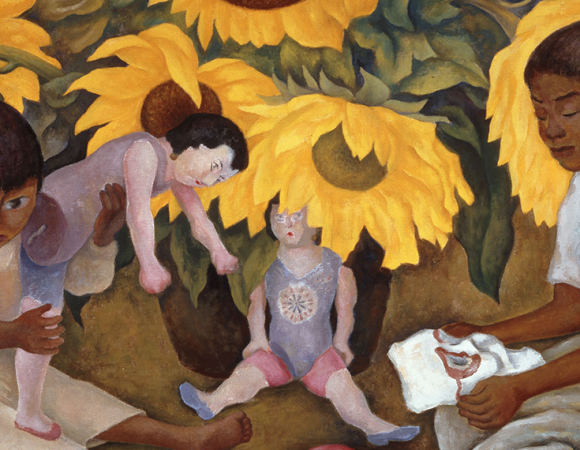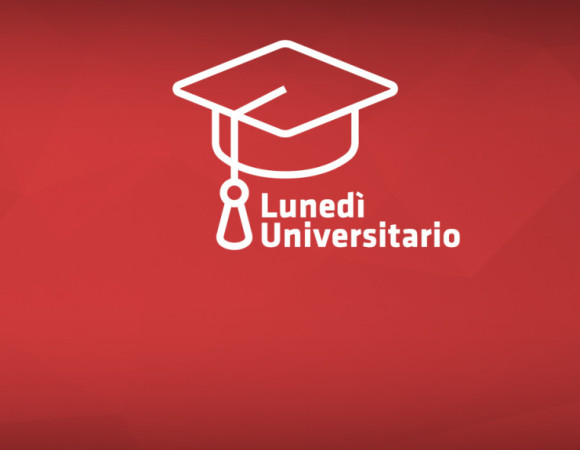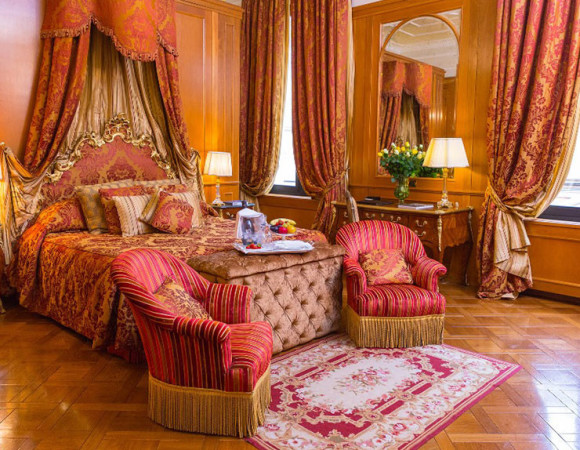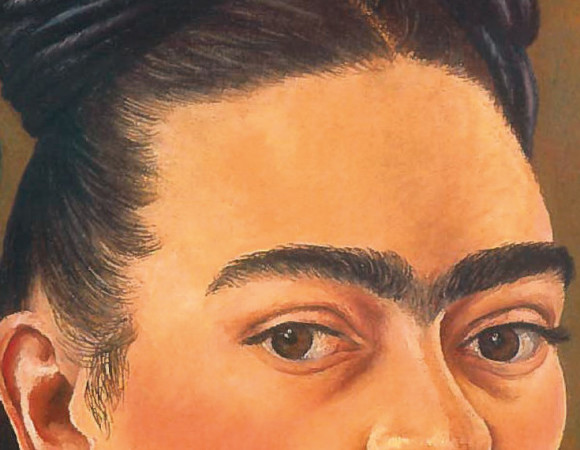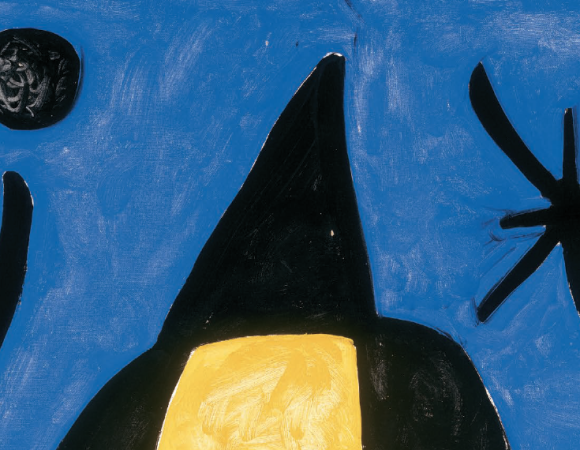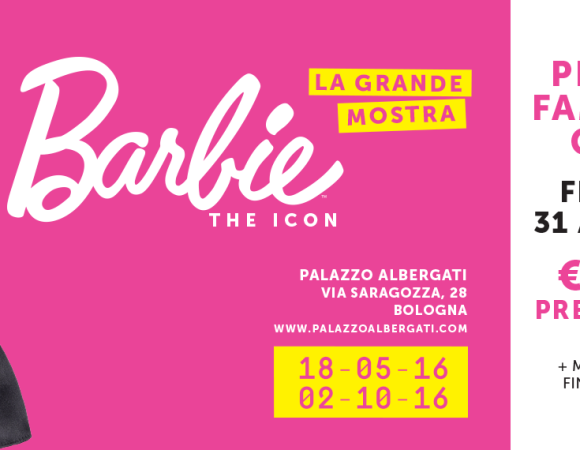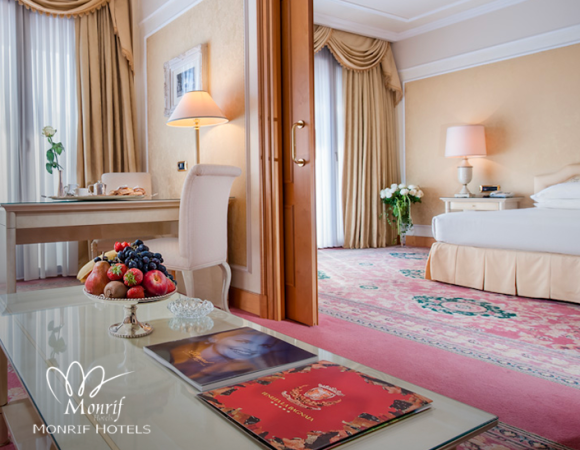The
Gelman Collection came into being in 1941 when Jacques Gelman and Natasha Zahalkaha, two Eastern European émigrés, met in Mexico City. Natasha married Jacques, a Russian Jew from Saint Petersburg, who had arrived in Mexico in 1938, where he made his fortune producing Mario Morenoi (1911–1993) comic movies. The Gelmans soon became great patrons of the arts and keen collectors, establishing friendships with
Frida Kahlo (who in the early1940s was becoming a Mexican cultural heroine and abandoning Surrealist glories) and
Diego Rivera, as well as many artists who were their contemporaries such as
RufinoTamayo, María Izquierdo, David Alfaro Siqueiros and Ángel Zárraga.
Soon the Gelman Collection acquired works by Frida including
Self-Portrait with Necklace (1933),
Self-Portrait Sitting on the Bed (1937),
Self-Portrait with Monkeys (1943),
Self-Portrait as Tehuana (1943) and
The Love Embrace of the Universe, the Earth (Mexico), Diego, Me and Señor Xolotl (1949). These works, which are all on display in Bologna, are iconic images of her life indissolubly linked to that of her great love Diego Rivera.
The lives of Frida Kahlo and Diego Rivera – whose
Sunflowers (1943) and
Portrait of Natasha Gelman (1943) – were full of personal transformations, complex critical acclaim and contradictions, individual tragedies and cultural and political turmoil. Their works and personal possessions –
photographs, clothes, jewellery, pages from their diaries – recount a country – Mexico – a cultural movement, the life of two artists and the passionate, compelling and destructive story of their two strong personalities.
As Frida wrote in her diary; "I have experienced two serious accidents in my life … the first was the tram crash and the second Diego."
The exhibition also introduces the visitor to the works of
Rufino Tamayo ( Ceilings,1925 and
Portrait of Cantinflas, 1948),
David Alfaro Siqueiros (Isqueiros for Siqueiros, 1930),
Ángel Zárraga (
Portrait of Jacques Gelman, 1945) and
María Izquierdo (
Circus Scene with Gypsy, 1940 and
Live Naturalness,1946) who represent all the main international cultural movements that passed through Mexico at that time, from revolutionary Pauperism and Stridentism to Surrealism and what years later came to be called Magical Realism.
These are unique paintings that not only mirror the vicissitudes of the individual artists, but also express a vision in which the history and spirit of their contemporary world merge, reflecting the social and cultural transformations which led to the Mexican Revolution and followed it.
Curated by
Gioia Mori, with the patronage of
Bologna City Council – Department of Culture, the exhibition is produced and organized by
Arthemisia Group and sponsored by the
Instituto Nacional de Bellas Artes.
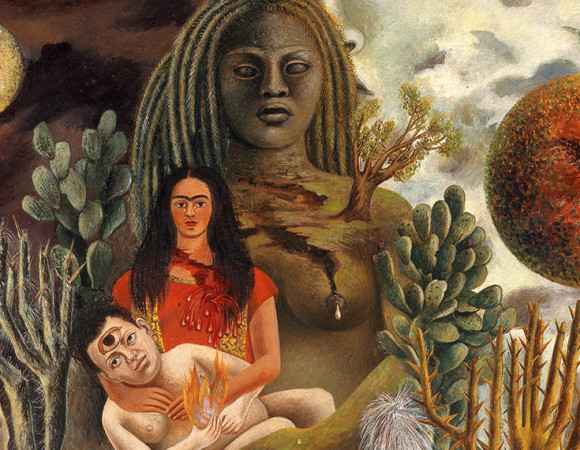 0
0


